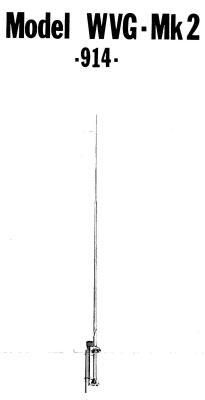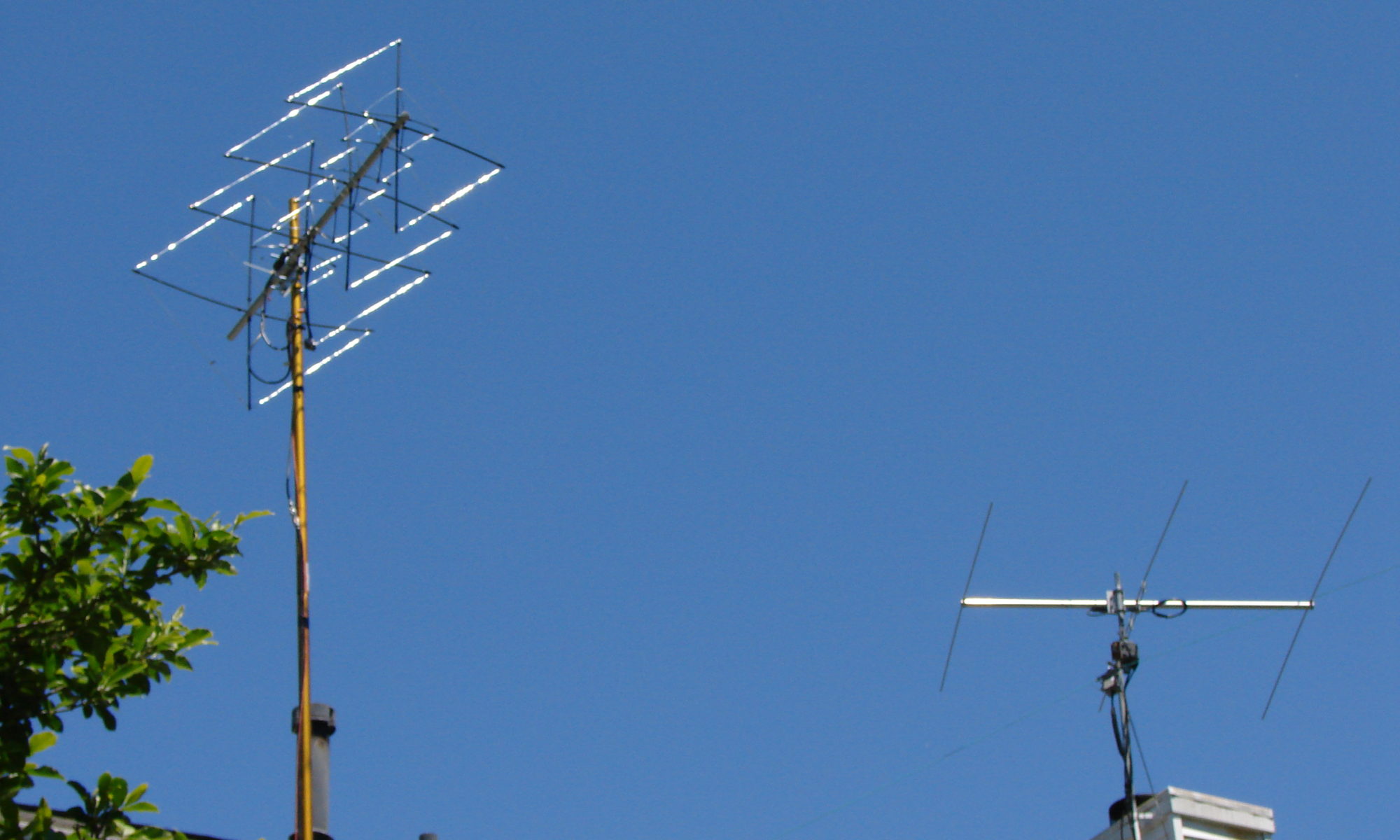 My first antenna as a Novice in the late sixties was a 40-meter dipole strung up in our back yard between my bedroom window and a surplus Signal Corps wooden pole that my dad bought at Silverstine’s. It was fed with RG-58 cable, soldered to the two wires across a white ceramic insulator. I probably still have the insulator somewhere, though the wire and coax has long since been discarded. It was an adequate performer and it even worked on 15 meters, but I wanted something a little more versatile. I had an 80-meter crystal, after all.
My first antenna as a Novice in the late sixties was a 40-meter dipole strung up in our back yard between my bedroom window and a surplus Signal Corps wooden pole that my dad bought at Silverstine’s. It was fed with RG-58 cable, soldered to the two wires across a white ceramic insulator. I probably still have the insulator somewhere, though the wire and coax has long since been discarded. It was an adequate performer and it even worked on 15 meters, but I wanted something a little more versatile. I had an 80-meter crystal, after all.
Despite the warnings from the older hams in the club about a vertical being “equally bad in all directions,” I saw an ad for the World Radio Laboratories WVG Mark 2 vertical. It worked on all bands between 10 and 80 meters and all you had to do to change bands was move a tap on the loading coil at the base. According to a listing on amfone.net, it was introduced in a CQ Magazine ad in December 1962 and carried a price tag of $15.95. The antenna, similar in design to the Hy-Gain 18V, consisted of four aluminum tubing sections that nested together and mounted in a C-shaped insulated base bracket that could be mounted to a pole, a design that hasn’t changed much since then. The loading coil had about thirty turns and mounted between an insulated standoff and a clamp that attached it to the aluminum just above the base. My dad helped me mount it on a short piece of pipe next to the garage, grounded to a 5 foot ground rod. And the old-timers were right – it was equally bad in all directions. (I later re-mounted it on a 10-foot mast attached to the back of the garage, with similar results. In retrospect, it’s a minor miracle that I’m still alive, given the proximity of that antenna to the power lines in the back yard.)
Going through some old paperwork recently, I came across the instruction manual for that antenna. Except for a couple sheet metal screws that are probably still in my hardware junk box, the antenna is long gone, but reading the manual brought back memories of more than just the many QSOs that never happened using that old antenna. Spending time with my dad, a radio and electronics hobbyist but never a ham himself, was the far greater payoff.
